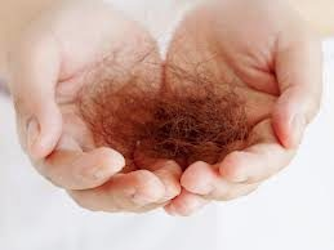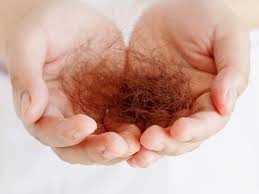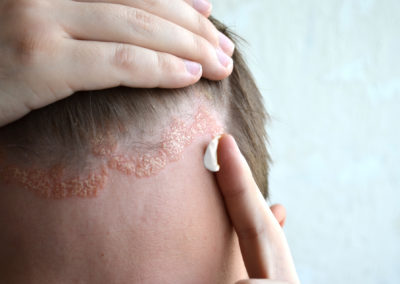Coping with female hair loss can be devastating
Female hair is often referred to as your crowning glory. It is an expression of style, beauty and confidence. Unfortunately, a growing number of females suffer more than just the normal “bad hair day”, the effect on self-esteem and security can be devastating and immeasurable. Most females find it very difficult to cope with hair loss. Taking a proactive approach is by far the best option and will make you feel more in control of the situation.
Stress is a major cause for concern for a female regardless of whether they are losing their hair or not. The female body, contrary to common belief, is biologically effected when experiencing prolonged stress. It is a rare female who will not stress when they realise they have a hair problem. Regardless stress can affect hair loss.
Hair loss can be a result of illness, disease, medications, nutritional deficiencies, stress, genetics and the ageing process. Hormones play a big part for females and imbalances can result in all sorts of problems including stress.
The word alopecia means hair loss. There are a few different types such as androgenetic, areata, universalis totalis, cicatricial and traction alopecia. Some of these are permanent and some are not. Central centrifugal cicatricial alopecia is the most common among African American decent.
Diffuse hair loss can occur for a multitude of reasons and can be self-correcting or corrected overtime telogen effluvium, anagen effluvium are examples of this.

















